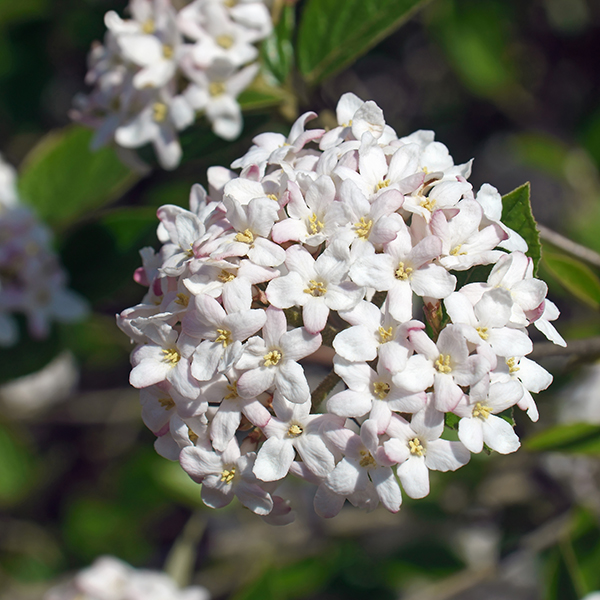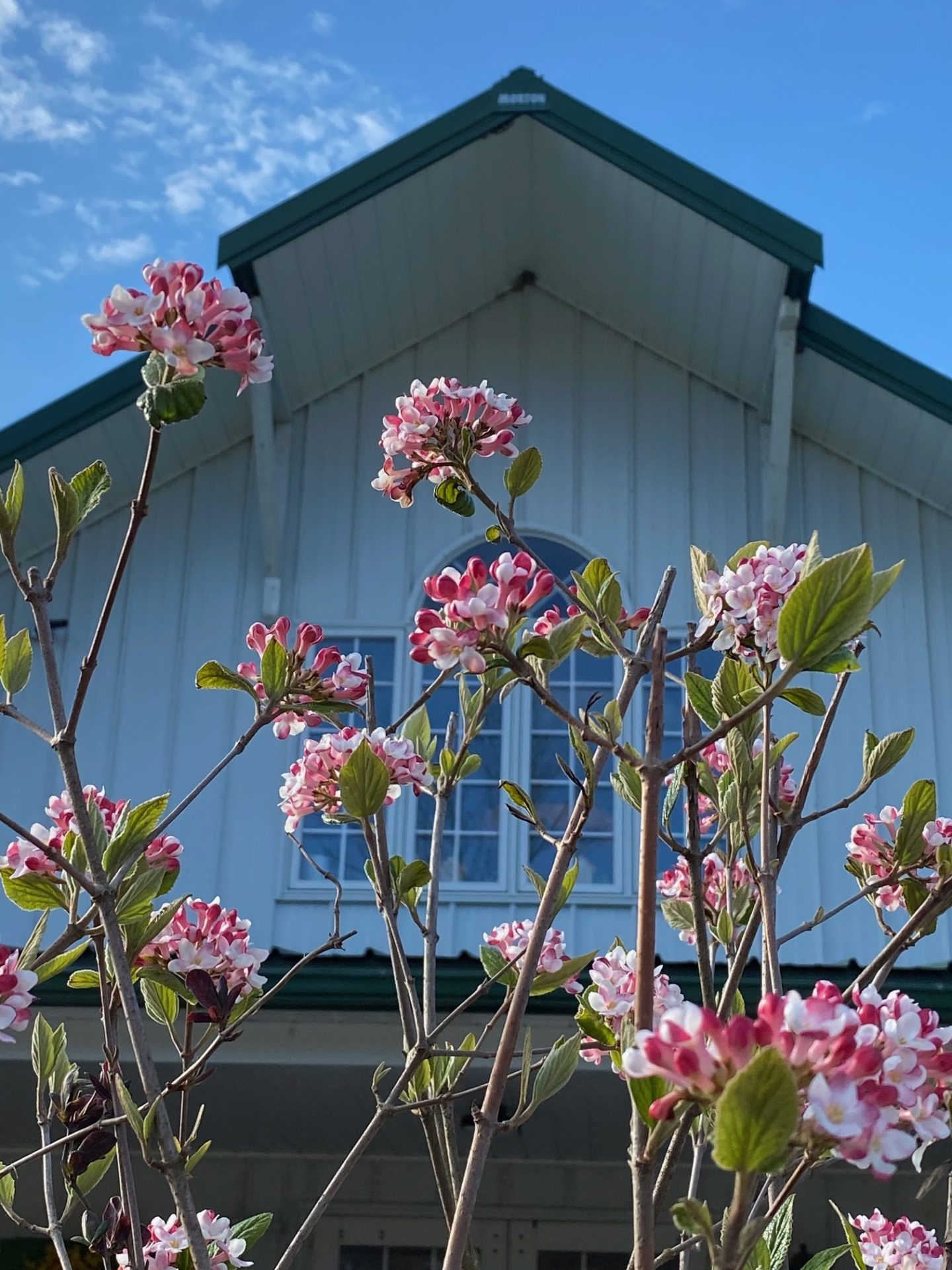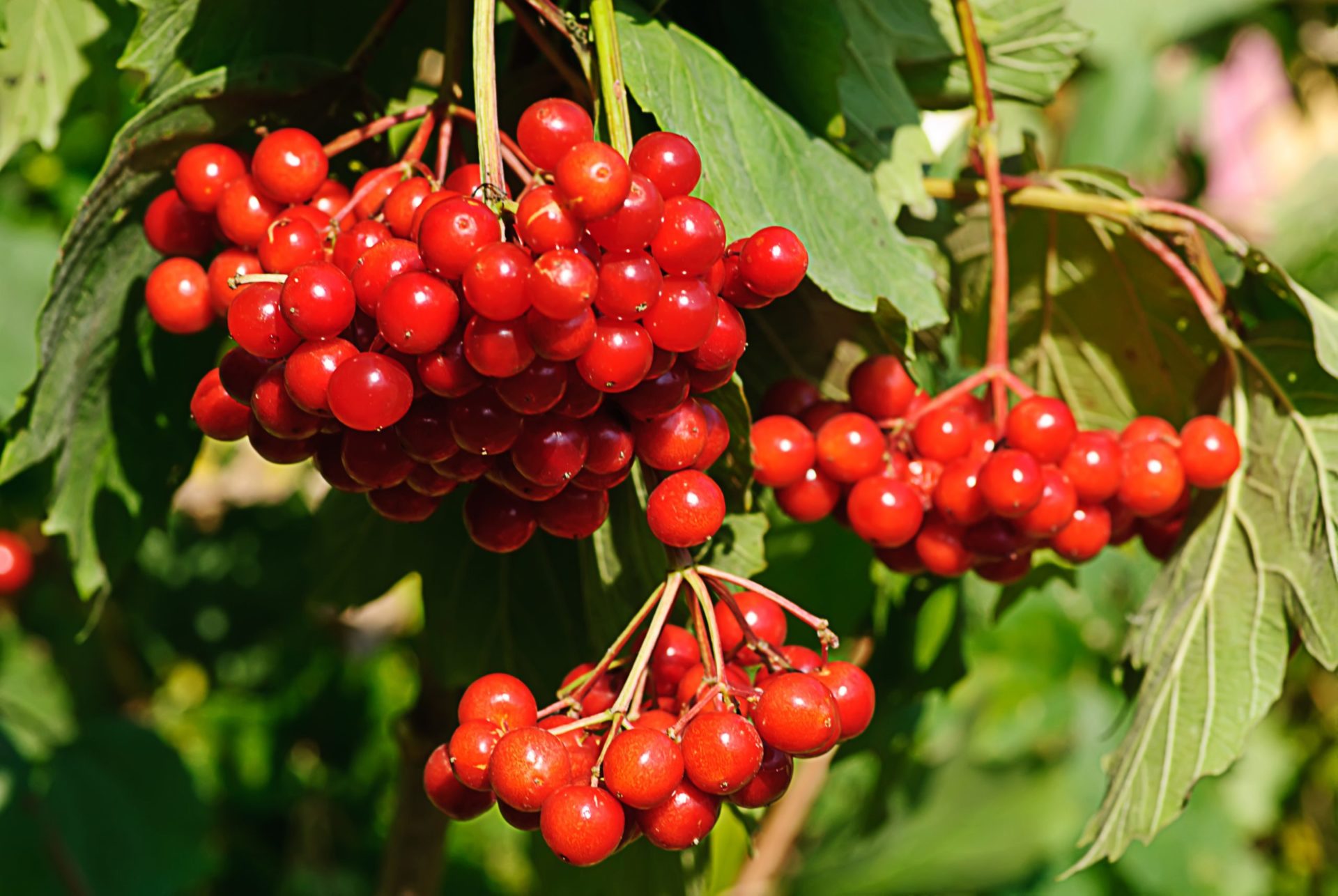
A man walks into a garden center. “I’m looking”, he says, “for something that grows quickly, is extremely hardy, doesn’t need a lot of care and is beautiful all the time”. “Oh, and it shouldn’t cost too much”. While studiously avoiding any hint of obvious sarcasm, the salesperson might be tempted to reply “anything else?” While this would seem to be an unreasonable request, the horticultural reality is that examples of such “do-it-all” shrubs actually do exist. One group that comes to mind is the Viburnum, and in particular, the native species. This is a very diverse genus. Depending on requirements of the site, these plants can offer multiple seasons of interest in an incredible range of growth habit and mature size, all for a comparatively modest investment.
A man walks into a garden center. “I’m looking”, he says, “for something that grows quickly, is extremely hardy, doesn’t need a lot of care and is beautiful all the time”. “Oh, and it shouldn’t cost too much”. While studiously avoiding any hint of obvious sarcasm, the salesperson might be tempted to reply “anything else?” While this would seem to be an unreasonable request, the horticultural reality is that examples of such “do-it-all” shrubs actually do exist. One group that comes to mind is the Viburnum, and in particular, the native species. This is a very diverse genus. Depending on requirements of the site, these plants can offer multiple seasons of interest in an incredible range of growth habit and mature size, all for a comparatively modest investment.

Viburnums are deciduous, semi-evergreen or evergreen flowering shrubs. There are a number of native species available, as well as non-native and hybrids. They typically sport one of two types of flower heads: flat-topped clusters of flowers similar to lacecap hydrangeas or globe shaped flower clusters. Many species develop abundant berries after flowering. The flowers and berries make viburnum particularly attractive to pollinators. The vast majority of viburnums are hardy, easy to grow and relatively pest free. Of note, the non-native, European viburnum leaf beetle (Pyrrhalta viburni) has been found in the area as of 2004 and can cause extensive defoliation, particularly on V. dentatum and V. trilobum., while V. carlesii and V.x burkwoodii remain unaffected.
Although there are more than 150 known species of viburnum, most garden centers offer only the better known fragrant May blooming selections such as V. carlesi or V. burkwoodi. These viburnums are popular plants, with enticingly fragrant flowers. But homeowners are often unaware of the other viburnum species that also offer interesting foliage, dramatic form, outstanding fall color or brilliant fruiting to provide extended periods of interest in the garden. Consider the following for your landscape:
Your landscape will benefit by being supplemented with other viburnum species that offer interesting foliage, dramatic form, outstanding fall color or brilliant fruiting to provide extended periods of interest in the garden. Consider the following for your landscape:
INTERESTING FORM
Viburnum plicatum tomentosum ‘Mariesii’ or ‘Shasta’ – strong horizontal branching growing in tiers that display conspicuous flower clusters. (Followed by outstanding fall color.)
FRAGRANT BLOOMS
Although all viburnums produce flowers, Viburnum x Burkwoodii is prized for its showy and abundant fragrant spring blooms. Viburnum carlesii is also prized for its heady fragrance and show stopping pinkish white snowball blooms.
EVERGREEN
Viburnum x Pragense – Fast growing with dark green foliage. Early spring blooms of slightly fragrant clusters of white flowers which give way to red to black berries in fall and early winter.

FALL COLOR
Here is where the natives shine. Viburnum trilobum and Viburnum dentatum in all cultivars. They also show incredible fall/early winter appeal with copious, persistent red or blue fruit.
- Viburnum trilobum is also known as American cranberry bush due to the large red fruits it produces. This deciduous native shrub can reach 8 to 12 ft and boasts lacecap white flowers in early spring that give way to drooping clusters of large red berries in the fall. The species designation “trilobum” refers to the three lobed leaves that change from dark green to purple in the fall.
- Viburnum dentatum, also known as arrowwood viburnum, is native to the U.S. and is extremely vigorous and cold hardy. Reaches 6 to 10 ft. Lacecap type white flowers in late spring give way to blue-black berries. Serrated dark green leaves change color to brilliant hues of yellow, orange and red in the fall.
FRUIT
In addition to attracting butterflies and other insect pollinators in the spring with their showy blooms, many viburnums produce abundant berries that attract birds and provide fall and winter interest in the landscape.
- Viburnum dilitatum, also known as linden viburnum, is a large shrub, reaching 8 to 10 ft at maturity with creamy white orbs of flowers blooming in late spring, followed by the development of bright red berries. Dark green leaves change to bronze and burgundy in the fall. For optimal berry production, plant two V. dilitatum close together.
- Consider the cultivar Viburnum dilitatum ‘Cardinal Candy’ for its cold hardiness, abundant and shiny dark red fruit in large clusters from August until mid-winter.
- Viburnum dentatum, noted for its fall color above, is also noted for its berry production.
- Viburnum dentatum ‘Blue Muffin’ is an excellent choice for its brilliant rich blue berries that persist into winter.
- Viburnum trilobum ‘Wentworth’ – This variety is known for its heavy fruit set with large edible red fruit, great for attracting birds.
These selections will provide at least 2 or 3 seasons of interest, establish quickly, are extremely adaptable, rarely subject to winter damage, thrive with minimal care once established, and are highly affordable. The near perfect plant.









